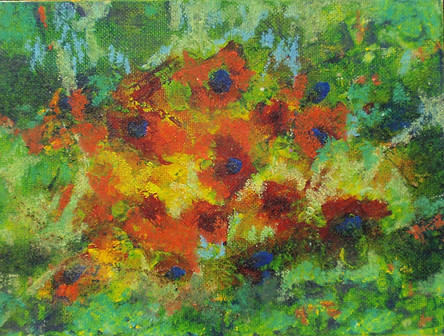Jay Bardin
J. Bardin, christened Jesse Redwin Bardin Jr., was born in Elloree, South Carolina in 1923. The youngest of four children and the only son of Judge Jesse R. and Ethel Etheredge Bardin, he traces his South Carolina roots to the revolutionary period. Growing up in a small town setting his recollections include all of the pleasures of country living: fishing, hunting, searching for Native American relics, gardening, and the taste of food grown on family land. Atypical southern upbringing was reinforced by a network of aunts, uncles and cousins.
Since the onset of World War II coincided with Bardin’s graduation from high school, he postponed his college plans and went to work for the Charleston Navy yard before enlisting in the Army Air Force. As a supply sergeant he was posted for overseas duty when peace came and he enrolled at the University of South Carolina. An introductory art course led to a certificate in painting and a bachelor’s degree in Education with a Fine Art major in the days when a small art department offered no studio major in the College of Liberal Arts. Bardin recalls that it was not until his last year that he informed his parents of his career plans. Judge Bardin expected his son to major in business and become a lawyer. Painting was not considered a viable career for a young man from the South and he suggested that art might be a more suitable avocation instead.
At USC he studied with Ed Yaghijan, Catherine Rembert and Augusta Wittkowsky. Fellow student artists and friends from this period include Jasper Johns and Gene Kaufman. They were strongly influenced by Catharine Rembert who imbued her students with a strong sense of design and color as the underlying basis for making art.
An article on education in post-war America in LIFE magazine inspired him to make his next step in his life- to move to New York. He worked various jobs and won various fellowships. During this period New York was becoming the art capital of the world. Through the years his work began to garner attention and recognition. The year 1954 saw his return to Columbia with his wife, the dancer Ann Brodie. In 1955, he started teaching at the Museum’s Richland Art School and in 1961 he became supervisor of the school. In that capacity he taught art to hundreds of Columbia residents for 23 years.



